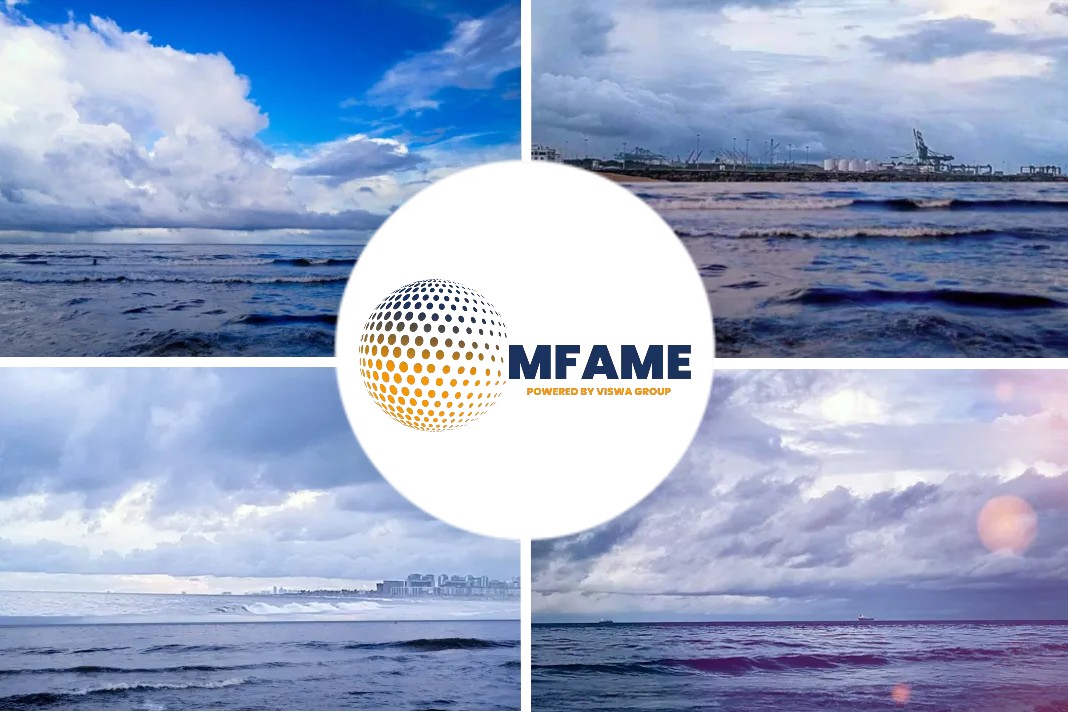
Not all shipping sectors and shipping stocks are under pressure. Container shipping is mired in pessimism, crude and product tankers have disappointed, dry bulk is in the doldrums — but liquefied petroleum gas (LPG) shipping is bucking the bearish trend.
Market Downturn
High-capacity, long-haul specialized tankers that carry propane and butane are known as very large gas carriers (VLGCs). VLGC sentiment was grim heading into this year, with a large increase in vessel capacity expected to pressure rates. The market has surprised to the upside. “Initial fears of a market downturn due to poor Chinese PDH [propane dehydrogenation] margins, the global economic outlook and new vessel deliveries were proven wrong,” said Niels Rigualt, executive vice president of commercial operations at BW LPG.,
VLGC spot rates are now $90,000 per day and have averaged $70,000 per day year to date, double levels over the same period last year, according to Jefferies shipping analyst Omar Notka. “VLGC rates continue to defy expectations,” said Clarksons Securities shipping analyst Frode Mørkedal. Shipping stocks in most of the other vessel segments are down year to date. Not so with the big three public VLGC owners. BW LPG, Avance and Dorian LPG (NYSE: LPG) are up 42%, 38% and 23% year to date, respectively.
Demand And Supply
Propane is used for heating, cooking, equipment fuel and feedstock for petrochemical production. A major driver of VLGC volume is demand from Asian PDH plants that use propane to create propylene. Propylene is used to produce polypropylene for plastics production. Argus reported that two new Chinese PDH plants have already come online this year. S&P Global said six new Chinese PDH plants should come online by year-end.
Propane or naphtha can be used as feedstock. Naphtha is carried aboard product tankers. The cheaper propane is versus naphtha, the better for VLGCs and the worse for long-range product tankers. Propane is currently cheaper. “Demand for naphtha has diminished with alternate feedstock propane prices at a discount to naphtha values since the end of February,” said Argus on Tuesday. “The shift pushed valuable ton-mile demand [demand in terms of volume multiplied by distance] into the gas-carrier segment.
The Panama Canal Factor
The more problems there are at the Panama Canal, the better it is for VLGC spot rates. Incremental ton-mile demand is driven by U.S.-Asia flows. To the extent VLGCs cannot transit the Panama Canal, they must take the longer route via the Cape of Good Hope, hiking ton-miles. To the extent they’re delayed, capacity is tied up. VLGCs, which have a capacity of 84,000 cubic meters, were too large to transit the original canal locks. It was only after the larger locks debuted in June 2016 that they could take the shorter route to Asia via Panama.
As explained by Hansen during a conference call in February, VLGCs are smaller than other vessel types that traverse the larger locks: Neopanamax container vessels and LNG carriers. The Panama Canal Authority can make more revenue from larger container ships and LNG carriers than VLGCs. Most of the new ships on order are Neopanamax container ships and LNG carriers, implying that future VLGC passages may be more constrained — a positive for future VLGC rates.
Earnings Roundup
Of the three big public VLGC owners, Avance reports results on May 30, Dorian reports results Wednesday and BW LPG on Tuesday. BW LPG reported net income was $130.7 million for Q1 2023, more than double net income of $58.4 million in the same period last year. The latest period was “the strongest quarterly performance on record,” said BW LPG.
Dorian reported the highest quarterly earnings before interest, taxes, depreciation and amortization in the company’s history. Net income for January to March (its fourth quarter) was $76 million compared to $35.4 million in the same period last year. Earnings per share were $1.94, topping the consensus forecast for $1.48.
Did you subscribe to our newsletter?
It’s free! Click here to subscribe!
Source: Hellenicshippingnews





















